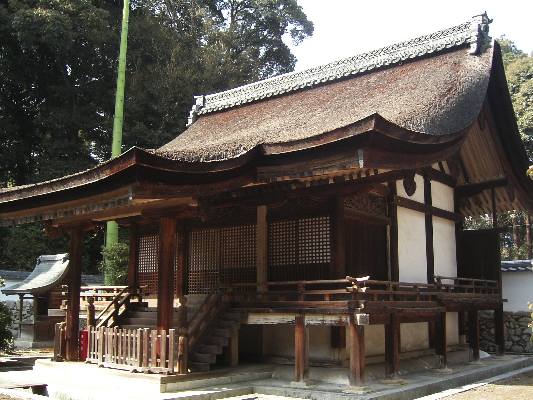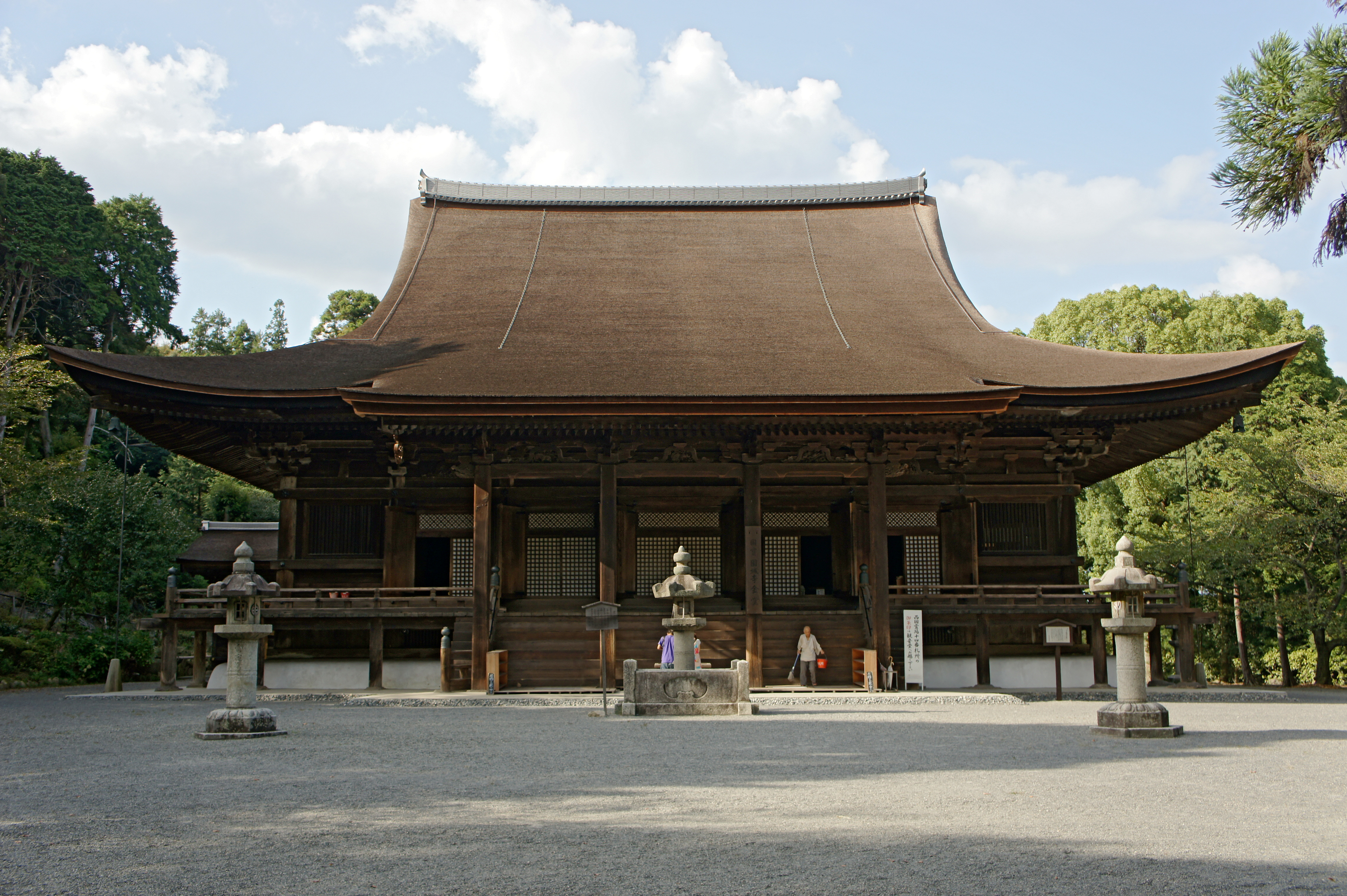|
Shinra Myōjin
Shinra Myōjin ( ja, 新羅明神) is a Buddhist god associated with the Jimon and Sanmon, Jimon branch of Tendai, a school of Japanese Buddhism. His name is derived from the name of a historical Korean kingdom, Silla. His origin is a matter of debate among researchers. He might have originated in Korea, China or in the historical Ōmi Province in Japan. Initially he was portrayed as a deity who arrived in Japan from abroad to protect Buddhist monks, though later the view that he was a Japanese deity who ventured to Silla developed due to a shift in the perception of Korea. He was regarded as a symbol of Jimon and its institutions, but also as a protector of sea routes and as a mountain deity. He also developed associations with ''Waka (poetry), waka'' poetry and with pestilence. In art, he is typically depicted as an elderly man dressed in the clothes of a Chinese official. Through history, he developed connections with a number of other figures, including Susanoo-no-Mikoto, Susan ... [...More Info...] [...Related Items...] OR: [Wikipedia] [Google] [Baidu] |
Onjō-ji
, formally called , is a Buddhist temples in Japan, Buddhist temple in Japan located at the foot of Mount Hiei, in the city of Ōtsu in Shiga Prefecture. It is a short distance from both Kyoto, and Lake Biwa, Japan's largest lake. The head temple of the Jimon and Sanmon, Jimon sect of Tendai, it is a sister temple to Enryaku-ji, at the top of the mountain, and is one of the four largest temples in Japan. Altogether, there are 40 named buildings in the Mii-dera complex. Mii-dera is temple 14 in the Saigoku Kannon Pilgrimage. History Founding, and feuds Onjō-ji was founded in the Nara period. The temple was founded in 672 following a dispute over Chrysanthemum Throne, Imperial succession. Emperor Tenji had died, and his son was killed by Tenji's brother, who was then enthroned as Emperor Tenmu. Temmu founded Onjō-ji in honor and memory of his brother. The name ''Mii-dera'' ("Temple of Three Wells") came about nearly two centuries later. It was given this name by Enchin, on ... [...More Info...] [...Related Items...] OR: [Wikipedia] [Google] [Baidu] |

